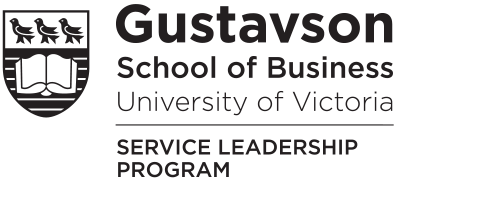What is your coaching strategy?
If you want to make the best use of your resources and ensure that coaching has the greatest impact on your employees’ performance levels, then a coaching strategy is critical to the organization.
A coaching strategy outlines your priorities for coaching based on the needs of your organization and the system as a whole. This allows you to set the direction of coaching and communicate your coaching intent and your described coaching values. This coaching strategy will guide the implementation of your coaching.
Organizations (or individual teams or working units, if that is the starting point for coaching) are encouraged to create a separate coaching strategy from the organizational strategy to ensure coaching gets the prominence it deserves. This coaching strategy should include the vision, and values, for coaching in your organization, team, or work unit. You should also include specific, measurable, and time-bound objectives for coaching.
The strategy should also include a strategic coaching development assessment—an assessment of current characteristics and size of your coach workforce. The core components of this assessment should be:
- Assessment of the current capabilities of the coaches—the current skills, knowledge and, behaviors of coaches compared to where the coaches need to be, based on the coaching strategy.
- An understanding of the stages of development of all coaches, at any given time, in their journey along a continuum from beginner to master.
- A coaching assessment—frequency, type, and quality of coaching currently occurring inside the organization
-
The availability of resources for coaching development. An understanding of the resources available means we will have realistic goals for our coaching
This assessment is useful because it helps identify active coaches, the employees they are currently coaching, and the number and types of coaches who will be needed in the future. It helps to realistically assess what organizations can achieve in terms of coaching. It also ensures coaches have the appropriate skills, knowledge, and behavior to meet participant needs.
There also needs to be clear integration strategies in which leaders are proactively ensuring that coaching is connected to the overall organizational priorities. An example of this is when leaders inspect employee performance reviews to confirm that the employees are connected to the ongoing coaching they have received.
Another benefit of a definitive coaching strategy is that it provides a clear picture of where the organization wants to go with its coaching and communicates to the leaders and managers across the organization about how to get there.
The coaching strategy, likewise, focuses resources on the key priority areas that contribute to achieving overall organizational strategic objectives, and also helps leaders, managers, and coaches recognize a successful coaching system. This strategy will allow more effective use of resources and the development of a coaching system that delivers excellent coaching because the coach is better equipped to deliver a better experience for employees and their organization.
The key is to involve leaders and managers to create a story that sells the shared vision of coaching, in simple terms, and to ensure organizational buy-in at every level.


